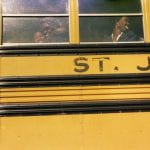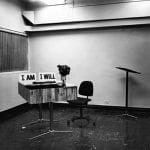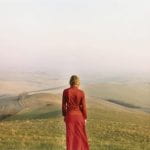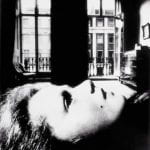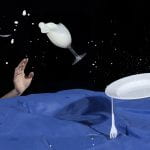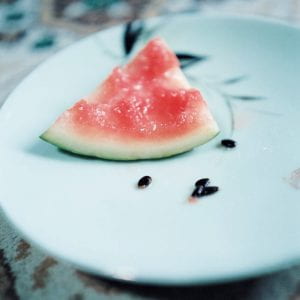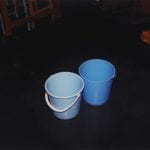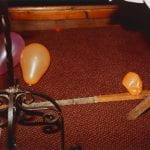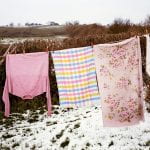A photographic treasure hunt
‘Photography is a system of visual editing. At bottom, it is a matter of surrounding with a frame a portion of one’s cone of vision, while standing in the right place at the right time. Like chess, or writing, it is a matter of choosing from among given possibilities, but in the case of photography the number of possibilities is not finite but infinite. The world now contains more photographs than bricks, and they are, astonishingly, all different (Szarkowski, 1976)
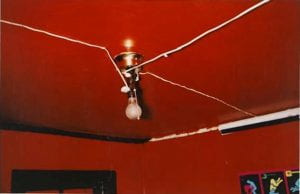
This session is very adaptable and encourages participants to ‘notice’ the world around them, as well as encouraging to ‘see’ it in photographic terms. In very structrured terms, it instigates a new / differnt type of vision to encourage participants to really notice the world around them, explore the role of aesthetics, framing, vantage point and depth of field, and investigate the idea of ‘photographic seeing’ as the world is transformed / constructed into an image.
This Session could be run in conjunction with:
‘The best photographs always inspire curiosity, rather than satisfy it. I think that this ambiguity is one of the most thrilling aspects of the medium. A photograph is only a minute fragment of an experience, but quite a precise, detailed, and telling fragment. And although it might only provide little clues, the photographer is telling us that they are very important clues’ (Soth in Schuman, 2004)

Aims & Outcomes:
- For participants to visually notice and explore the nature of a ‘photographic’ way of seeing and framing the world around them
- For participants to ‘notice’ the world and produce 5 (edited) images which visually / aesthetically transform and change the objects / scenes they have photographed
- For participants to conduct in depth research on the work of William Eggleston and apply these ideas to thier practice.
- *This session works best when participants are encouraged to really ‘look’ at the world around them rather than construct or interfere with the scene.
- Participant Outcome: 5 6×4 digital prints
Research: the work of William Eggleston:
‘The empire of photography expanded, or perhaps shrunk, the world into a grain of sand’ (Badger, 2007, p.48)

You will need:
- Digital cameras for all participants (and appropriate memory cards) *This session can also be run using camera phones or Lumix cameras
- Card readers
- Access to computers (or laptops)
- An introductory presentation for participants to outline the ideas and provide examples
- A printed ‘Treasure Hunt’ list
- A booked room to critique participants work (either via a projector or via print)
- Blue tack to pin the work
- Costings and Risk Assessments
Presentation ideas: Hunting The Photograph
Find Something; Ephemeral / Liminal / Low / Strange / Mundane / Framed / Broken / Red / Decayed / Quiet / Light / Dark / Living / Empty / Alien / Boring / Fake / Shiny / Slow / Useless / Re-purposed / A Non Place / A Portal
‘The very act of photographing something makes it special and indeed its significance and our understanding of it can change dramatically once it is turned into a subject.’ (Bright, 2011, p.107)
Preparation Work:
-
- Ask participants to read Bruce Wagner (1999) ‘Mystagogue’ in American Suburb X available here
- Ask participants to read John Szarkowski (1976) ‘Introduction’ to William Eggletons’s Guide available here
- Ask participants to watch Martin Parr (2007) from TateShots available here
- Ask participants if they have thier own digital cameras and cards
- Make sure you have access to computers
- Make sure there are enough team members to support participants (never assume thier prior knowledge)
- Decide whether you will project the work or print it.
- If you are printing it (6×4) make sure the Photo Lab are aware and be aware of timekeeping so they have space to print the work.
- *If you are running this session off campus, make sure there is access to printers or projectors













